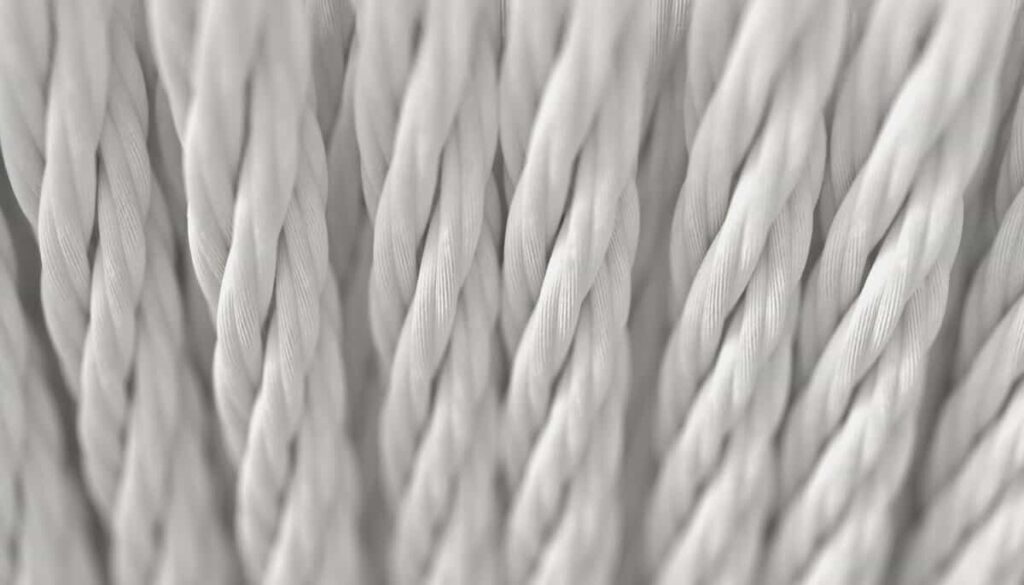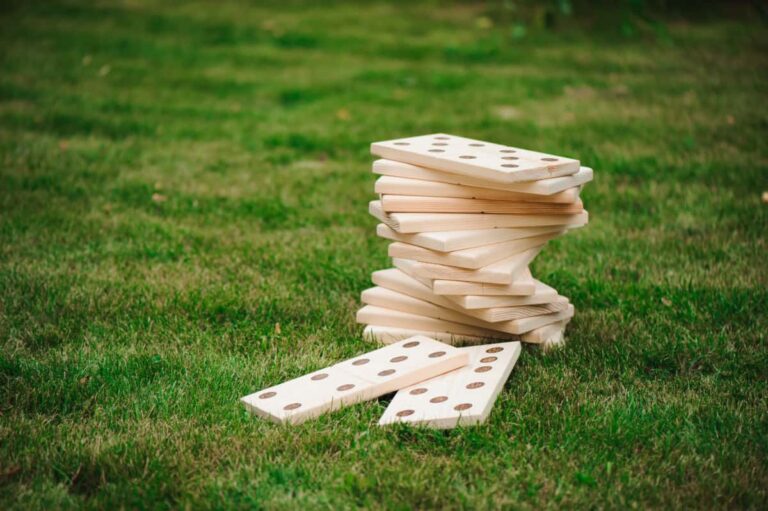Is Silk Stronger Than Wool?
Should you wear silk or wool? Which is stronger? Which is more durable?
Silk is stronger than wool in terms of the force it would take to break the material. Wool isn’t quite as strong, but it offers a higher level of absorbency and a greater ability to regulate body temperature in either hot or cold weather. Both materials have a lot to offer when used as base layers.

There are absolutely benefits to both silk and wool. Not only are they both very durable, but they are also natural materials that tend to be biodegradable. That makes them ideal options for those who want to stay comfortable, purchase lasting clothing items, and ensure that they aren’t adding to the trash pile.
Strength in terms of clothing can mean many things. Durability against the weather is very different from durability against tearing. When you’re headed out on a hike or camping trip, naturally you’ll want to make sure the clothing items you’re using are going to be able to withstand the elements but at the same time keep you as comfortable as possible.
In the rest of this article, you’ll learn about how silk and wool compare in terms of strength, how long these fabrics last, and how absorbent you can expect them to be.
Silk Strength Vs. Wool Strength
The strength of silk is typically considered to be higher than the strength of wool, according to this study from ScienceDirect. Looking at the natural uses of these materials can help to show why this is true.
The silk that is most often used to create fabric comes from a creature known as a silkworm, which is the caterpillar stage of a silk moth. When these caterpillars are ready to move into the next segment of their lives, they use their silk to weave a cocoon around themselves. In the world of insects, this silk cocoon has to be incredibly strong in order to keep predators out. By unweaving these cocoons, we can get threads that can be re-woven into fabrics for clothing. That clothing is able to carry on the strength of the silk thread as long as it is treated well.
On the other hand, wool serves the purpose of protecting sheep and other wool-bearing animals from the elements. It isn’t a material that is usually intended to keep predators away. Because of that, wool may not have the same strength as silk but it does offer more flexibility when it comes to enduring the weather.
On the most basic level, I’m considering the strength of the material in terms of how it fares in different weather patterns as well as how much force it takes to warp or break the fabric.
Silk is harder to break. It’s less likely to stretch or tear, but it can be more sensitive to sunlight and moisture. Typically, silk works decently well under mild conditions. Wool doesn’t offer quite the same level of durability. If it is stretched too much or exposed to too much weight, the fabric can warp and struggle to return to its natural state. However, wool offers a better opportunity to stay comfortable in a wide range of different weather conditions.
Both of these materials do require a higher level of care than many of the other options out there. However, wool and silk can both be well worth the effort and can provide you many years of comfort. The keys are simply to know how to care for these materials, and under what circumstances to use them.
You can use silk or wool as a base layer. Often, base layers are additions to your outfit that help to keep you comfortable in different weather conditions. Learn more about how base layers work and how to get the most out of them in our article on the topic here.
Does Silk Last A Long Time?
When silk is taken care of carefully, it can last for many years.
Essentially, when it’s well cared for, silk is incredibly strong and durable. The key is avoiding the conditions that can weaken silk as a material. This can include things like harsh sunlight, moisture, or even hungry insects. Additionally, as is true of most organic materials, silk can mildew which can compromise the strength of the fabric over time. If you’re able to protect your silk clothes against these issues, you should be able to rely on that silk lasting for quite a long time.
The same is true for wool, which is a highly reliable material as long as it is being cared for well. Make sure that you learn how to care for your wool or silk items, learn what you need to avoid, and learn when to seek out the help of a professional cleaner, and you shouldn’t have to replace your wool or silk items too often.
Do Silk And Wool Rot?
Both silk and wool can rot if they spend too much time in the wrong conditions. Because they are natural materials, they can be damaged by tiny organisms that like to eat them. While synthetic materials are considered more mildew-resistant, mildew can grow on anything simply because your clothes can absorb other organic materials.
That said, different rots can be held off by taking good care of your items and ensuring they aren’t exposed to too much sunlight (UV rays), dampness, or other tough conditions.
In fact, according to the Vintage 101 blog, many silk clothing items can even last decades before they succumb to the issues that can break down the fabric.
When it comes to silk, dry rot is one of the biggest problems out there. Often it occurs when your clothes are exposed to too much water. Humidity, due to either damp clothing or a humid environment, can create greater chances that your silk clothing will rot over time. As that happens, the strength of the silk breaks down and it eventually becomes unusable.
Much like silk, wool is also capable of succumbing to dry rot. Additionally, both materials are considered to be delicious for moths. Consequently, you will want to make sure you have moth deterrents in place to keep the critters away from your clothing.
The good news is that unlike many other kinds of clothing, both of these natural materials are biodegradable. So while you might be upset about losing your favorite clothing pieces, you can put your mind at ease by knowing that they won’t be adding to environmental damage.
Which Is More Absorbent? Silk Or Wool?
In short, wool is considered to be much more absorbent than silk.
Although silk is a suitable choice when you know you’re going to be in light rain or working up a light sweat, it’s likely to soak through much more quickly than wool. Because of that, silk can be a fantastic choice as a base layer for light hikes in warmer weather. When you have time in between your activities to allow the silk to dry out, you’re sure to be set in most cases. On top of the sweat-wicking abilities, silk is also a great material for staying cool.
If you’re someone who prefers silk as a base layer, you might wonder if it actually can work well as a base layer in the colder months. In our article on the topic, you’ll learn all about what benefits silk can provide in any weather. Take a look at it here.
On the other hand, wool is a better choice for tougher hikes and wetter days. The material is capable of absorbing up to a third of its own weight without the water being against your skin adding to evaporative cooling . Furthermore, wool can help regulate your body temperature. Many people might prefer wool in cooler conditions, but it can also work well for keeping you cool in warmer conditions. Just make sure you’re choosing the right kind of wool, ideally alongside lighter clothing options.
One of the top wool choices out there in terms of base layers and other clothing items for the outdoors is Merino wool. This wool works well in lighter, thinner clothing choices. It’s not going to weigh you down and it’s a suitable base layer all year long.





